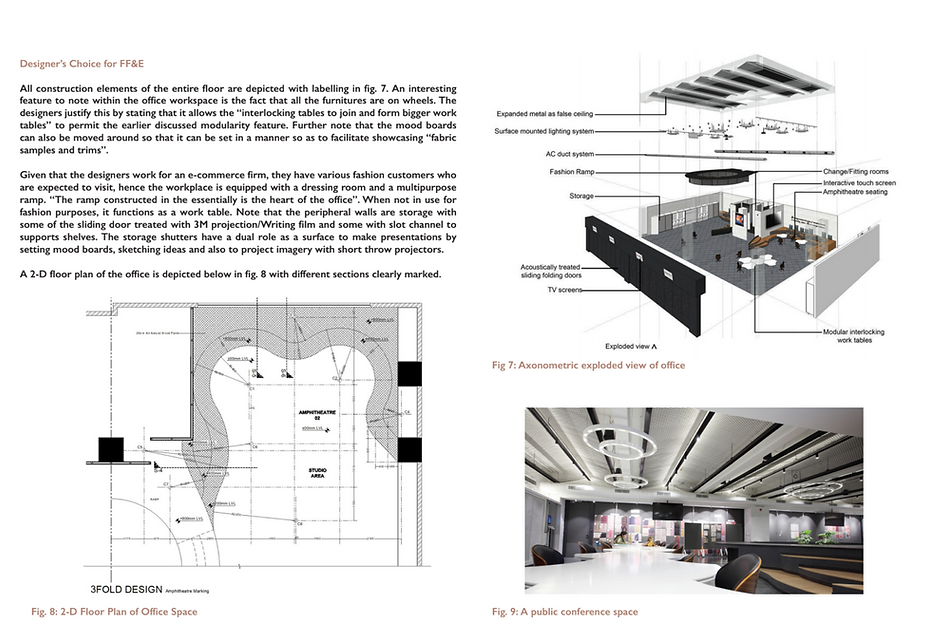Ergonomics
One of the major solutions to the musculoskeletal pain and stress faced by IT desk job workers in Bangalore is the effective consideration of ergonomic in interior design. Studies conducted by medical researchers at VMMC & Safdarjung Hospital in India found that “poor office ergonomics” is to be blamed most for the physical discomfort and pain due to the sedentary uninterrupted work. IT workers in India have also reported that the neck and back pain they experience has also led to physiological changes including changes in posture, increased mental tools due to excess stress and blood pressure. Hence, physical ergonomics is of high importance for the users of the design space in the thesis project.
Given that the physical pain faced by workers is a result of a poorly ergonomic or non-ergonomic workspace, several strategies can be employed to integrate physical ergonomics in the office space to largely prevent physical disorders among desk job workers and at the same time contribute to stress relief. Firstly, adequate choice of furniture, fixtures, and equipment in the space can greatly impact each worker’s experience in the space. This includes the implementation of ergonomic task chairs with material that is comfortable to sit on, armrests, and seats that can be adjusted to the desired height, backrest, and the capability to tilt.
Three major factors need to be considered for this implementation. Firstly, space should include adjustable armrests that allow pivoting inwards to keep elbows close at the sides of the body and can change the heights that the elbows can be bent at 90-100 degrees to keep shoulders relaxed. This should be complemented with adjustable seat heights to allow feet to rest on the floor or footrest. Finally, there should be adjustable lumbar support for adequate support for the back. Allowing to take breaks from long hours of sitting by the implementation of standing desks also contributes to the improvement of ergonomics in the office space. An illustration of all these features is included in fig. 1 below. As shown on the right of Fig. 1, work desks are modifiable to enable lifting up the desk either electronically or using a pulley mechanism so that while standing and sitting the monitors are eye level and at arm’s length. Furthermore, a footstool is recommended while standing to relieve some of the tension in spine while standing.
Consideration of anatomical factors in the workplace setup, Indian/Asian anthropometric standards are applied on custom joiners to achieve utmost comfort and convenience level. The choice of ergonomic furniture is crucial to complement the easy implementation of the ergonomics features described above. A render of the workspace of the Santalum office space is shown below to illustrate the physical ergonomic implementation of task chairs and standing desks.
Fig.2. Ergonomic task chair implemented in the render of the Santalum office space.
Fig. 3. Large windows on the external walls to bring in natural light.
Adequate lighting conditions are necessary to meet the high illumination requirements for the office space. The proposed office space uses large windows on its external walls to bring in abundant natural light as shown in Fig. 3 above. Ergonomic lighting implementation of a break-out space within the office space also encourages users to reduce the number of hours of sedentary activity. An attractive well-lit break-out area can promote the users of the space to walk away from their desks and relieve stress in the area while at the same time reducing chances for neck and back pain. 1 As shown in fig. 4 below, a render of the recreational area illustrates the implementation of lighting to complement ergonomic considerations.
Fig. 4 Implementation of ergonomic lighting considerations in the office space.
Fig. 1 Illustration of various ergonomic implementations in the office space.









